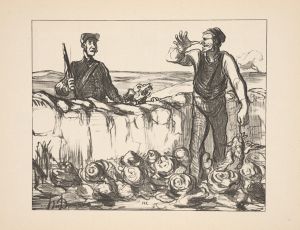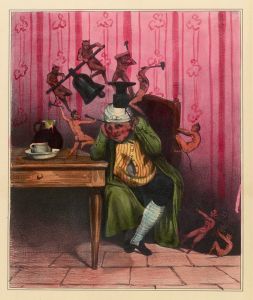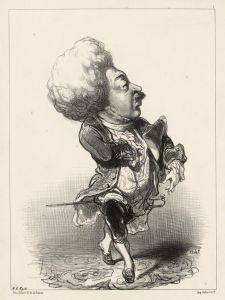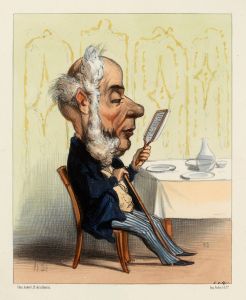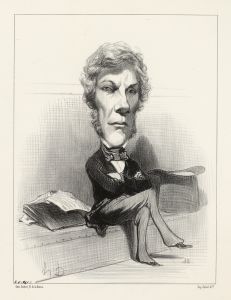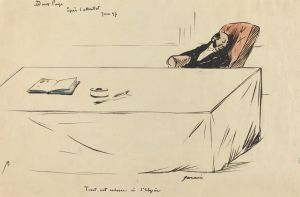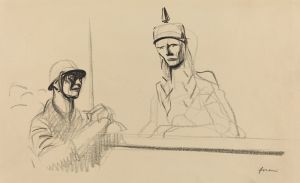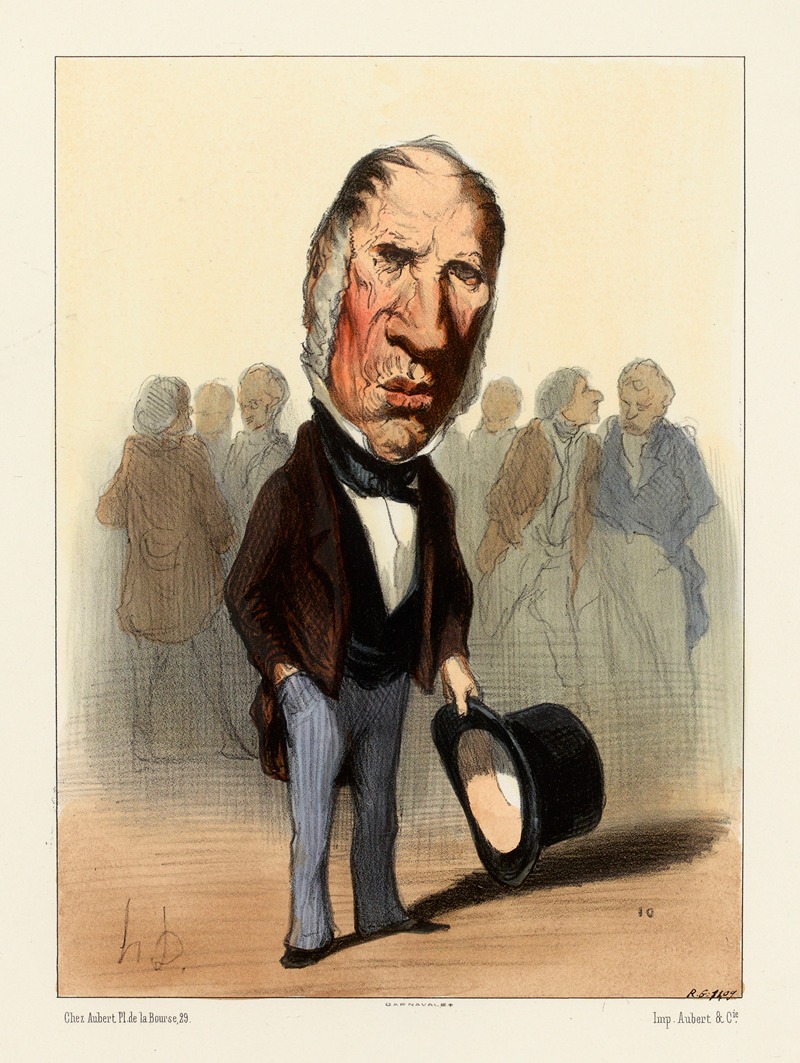
Dupin
A hand-painted replica of Honoré Daumier’s masterpiece Dupin, meticulously crafted by professional artists to capture the true essence of the original. Each piece is created with museum-quality canvas and rare mineral pigments, carefully painted by experienced artists with delicate brushstrokes and rich, layered colors to perfectly recreate the texture of the original artwork. Unlike machine-printed reproductions, this hand-painted version brings the painting to life, infused with the artist’s emotions and skill in every stroke. Whether for personal collection or home decoration, it instantly elevates the artistic atmosphere of any space.
Honoré Daumier, a prominent French artist known for his caricatures, paintings, and sculptures, created a significant body of work that often commented on the social and political issues of his time. One of his notable works is "Dupin," a painting that reflects his keen interest in the legal system and the individuals within it. Daumier's work frequently depicted lawyers, judges, and the courtroom, offering a satirical view of the legal profession.
"Jean-Baptiste Dupin" is a painting that captures the essence of Daumier's style and thematic focus. Jean-Baptiste Dupin was a well-known French lawyer and politician during the 19th century, and Daumier's portrayal of him is consistent with his approach to depicting figures of authority with a critical eye. The painting is characterized by Daumier's typical use of bold lines and expressive features, capturing the personality and demeanor of Dupin in a way that is both realistic and exaggerated.
Daumier's technique involved a keen observation of his subjects, often highlighting their flaws and idiosyncrasies. In "Dupin," this is evident in the way Daumier uses light and shadow to emphasize the lawyer's facial features, creating a sense of depth and character. The painting is not just a portrait but a commentary on the legal profession and its practitioners, reflecting Daumier's skepticism and critical perspective.
The context in which Daumier created "Dupin" is important to understanding the work. During the 19th century, France was undergoing significant political and social changes, with the legal system often at the center of public debate. Daumier, through his art, engaged with these issues, using his work as a platform to critique and question the status quo. His depictions of lawyers and judges were not merely portraits but were imbued with a sense of irony and critique, challenging the viewer to consider the role and integrity of these figures.
Daumier's work, including "Dupin," is often associated with the Realism movement, which sought to portray everyday life and ordinary people with honesty and without idealization. However, Daumier's approach was unique in that he combined realism with caricature, creating images that were both true to life and exaggerated for effect. This duality is evident in "Dupin," where the lawyer is rendered with both accuracy and a sense of satire.
The painting "Dupin" is part of a larger series of works by Daumier that focus on the legal profession, including his famous series of lithographs titled "Les Gens de Justice" (The People of Justice). These works collectively offer a comprehensive view of Daumier's perspective on the legal system, highlighting his ability to capture the complexities and contradictions of his subjects.
In summary, "Dupin" by Honoré Daumier is a significant work that exemplifies the artist's skill in combining realism with satire. Through his portrayal of Jean-Baptiste Dupin, Daumier offers a critical view of the legal profession, reflecting the broader social and political context of 19th-century France. The painting is a testament to Daumier's ability to use art as a means of social commentary, making it a valuable piece in the study of both art history and the history of the legal profession.





